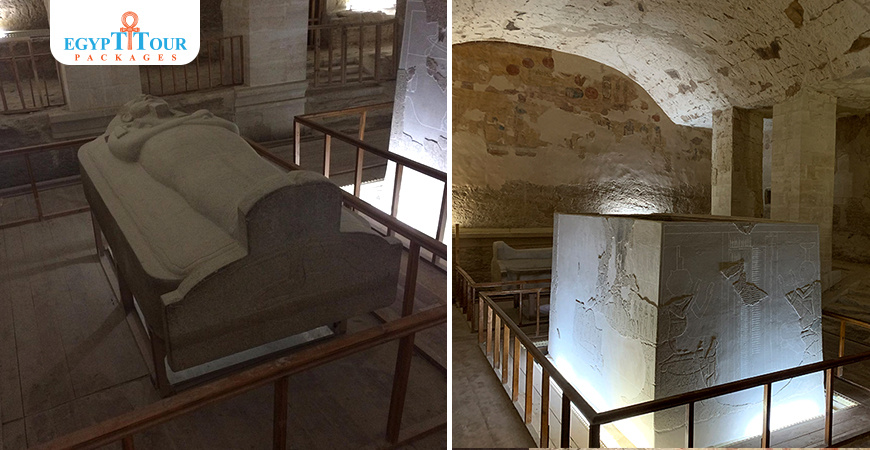
Merneptah
Merenptah, was the fourth ruler of the 19th dynasty in ancient Egypt. Tomb KV 8.
King Merneptah
- A biography of
Merenptah, was the fourth ruler of the 19th dynasty in ancient Egypt. Tomb KV 8. Merneptah
:
Merenptah, was the fourth ruler of the 19th dynasty in ancient Egypt. Tomb KV 8. Merneptah , was the fourth ruler of the 19th dynasty in ancient Egypt. He reigned for almost a decade from 1213 to 1203 B.C. He is said to be the thirteenth son of Ramesses II. He became ruler only after all his brothers had died, which is why he became a ruler at the older age of 60 years. He is said to have been the fourth child of Ramesses II’s second wife Isetnofret. One of Merenptah, was the fourth ruler of the 19th dynasty in ancient Egypt. Tomb KV 8. Merneptah 's sons was Seti II, who became Pharaoh in the later 19th dynasty. Tomb KV 8, which is located in the Used as a burial chamber for nearly 500 years, the Valley of the Kings was used for royal burials for the Kings,their families, and their possessions. Valley of the Kings , was the burial place of the Pharaoh Merenptah, was the fourth ruler of the 19th dynasty in ancient Egypt. Tomb KV 8. Merneptah and is the model of royal tombs of the end of the 19th and 20th dynasties. - The mummy:
Merenptah, was the fourth ruler of the 19th dynasty in ancient Egypt. Tomb KV 8. Merneptah suffered from arthritis and atherosclerosis and died as an old man after a reign that lasted for nearly a decade. He was originally buried within tomb KV8 in the Used as a burial chamber for nearly 500 years, the Valley of the Kings was used for royal burials for the Kings,their families, and their possessions. Valley of the Kings , but his mummy was not found there. In 1898 it was located along with eighteen other mummies in the mummy cache found in the tomb of Amenhotep II (KV35) by Victor Loret. His mummy was taken to Cairo and eventually unwrapped by G. Elliott Smith on July 8, 1907. In April 2021 his mummy was moved from the Museum of Egyptian Antiquities to the National Museum of Egyptian Civilization along with those of 17 other kings and 4 queens in an event termed the Pharaohs' Golden Parade.

Merneptah Stele
The Merenptah, was the fourth ruler of the 19th dynasty in ancient Egypt. Tomb KV 8. Merneptah Stele, also known as the Israel Stele or the Victory Stele of Merenptah, was the fourth ruler of the 19th dynasty in ancient Egypt. Tomb KV 8. Merneptah , is an inscription by Merenptah, was the fourth ruler of the 19th dynasty in ancient Egypt. Tomb KV 8. Merneptah , a pharaoh in ancient Egypt. Discovered by Flinders Petrie at Thebes in 1896, it is now housed at the Egyptian Museum in Cairo. The text is largely an account of Merenptah, was the fourth ruler of the 19th dynasty in ancient Egypt. Tomb KV 8. Merneptah 's victory over the ancient Libyans and their allies, but the last three of the 28 lines deal with a separate campaign in Canaan, then part of Egypt's imperial possessions. It is sometimes referred to as the "Israel Stele" because a majority of scholars translate a set of hieroglyphs in line 27 as "Israel". The stele represents the earliest textual reference to Israel and the only reference from ancient Egypt. It is one of four known inscriptions from the Iron Age that date to the time of and mention ancient Israel by name. Consequently, some consider the Merenptah, was the fourth ruler of the 19th dynasty in ancient Egypt. Tomb KV 8. Merneptah Stele to be Petrie's most famous discovery, an opinion with which Petrie himself concurred.

The Tomb of Merneptah (KV 8)
-
Tomb Layout:
Tomb KV8, located in the Used as a burial chamber for nearly 500 years, the Valley of the Kings was used for royal burials for the Kings,their families, and their possessions. Valley of the Kings , was used for the burial of Pharaoh Merenptah of Ancient Egypt's Nineteenth Dynasty. KV8 is large in size, but its design is simpler than the tombs of Merenptah, was the fourth ruler of the 19th dynasty in ancient Egypt. Tomb KV 8. Merneptah ’s grandfather and father. The tomb has a staircase and two descending corridors. Although most paintings decorating the corridors have been damaged by flooding, the ones that were remaining in the reliefs are very beautiful. The plan of the tomb is fairly straightforward. There are three initial corridors that first lead to the ritual shaft. The second of these has a stairway. In the first corridor we find the first decorations, showing the king in the presence of Re-Harakhty. There are also passages from the "Litanies of Re". The second and third corridors have texts and images related to the "Book of Amduat". After the ritual shaft is a pillared hall with a two-pillar annex. Uniquely, this decorated room was dedicated to his father, Ramesses II. The cover of the king's sarcophagus is located in this annex. In the pillared hall, the decorations are from the "Book of Gates". After the pillared hall is a fourth corridor that leads to a vestibule and finally a fifth corridor before the burial chamber. The vestibule is decorated with scenes from the "Book of the Dead".

The Tomb of Merneptah
- Corridor:
The walls are decorated but have been flood damaged. The ceiling is painted blue with yellow stars to represent the night sky. Along the sides of Corridor -
Pillared Chamber:
Two pillars flank the central descent, and short flights of steps lead up from either side of the descent to the level floor of this pillared hall. This chamber is decorated with scenes from the ‘Book of Gates’ with a winged Ma’at on the lintel above. On a pillar on the left-hand side the king wears a Nemes headdress and stands before Ptah, and between the figures Greek and Roman graffiti can be seen, left by early visitors to the tomb.

The Tomb of Merneptah (Burial Chamber)
- Burial Chamber:
The sunken floor of the central portion of the burial chamber is flanked on the front (east) and rear (west) by a row of four pillars set in the upper level. Six steps lead down from the entrance to a sunken floor in the middle of the chamber and recesses and magical brick niches are spaced along the front and rear walls of the granite sarcophagus lid, surmounted by a mummiform effigy of Merenptah, was the fourth ruler of the 19th dynasty in ancient Egypt. Tomb KV 8. Merneptah . There are two rows of four pillars each stands before and after the lowered central floor. The front wall of the chamber is decorated with the ninth hour of the Book of the Gates. On the right wall are scenes from the Book of Caverns and more of the Book of the Earth. On the left and rear walls are the twelfth hour of the Book of Gates and excerpts from the Book of the Earth. Only the barest traces remain of the elaborate astronomical vaulted ceiling.

Merneptah tomb decorations
the decoration of the Tomb of Merenptah, was the fourth ruler of the 19th dynasty in ancient Egypt. Tomb KV 8. Merneptah is similar to that of the tombs of his father, Rameses II, and his grandfather, seti I. The workmanship is of a good quality. Though damaged by floods, the paint still shows traces of fine, bright blue-green, yellow, and red pigments. Originally only the access staircase and two descending corridors were decorated and although the paintings were badly damaged by flooding there are some very beautiful painted reliefs in the first corridor. The first corridor depicts inscribed passages from sacred burial texts, one with an interesting disc similar to that on the lintel, but with the crocodile, serpent and horned creature, enemies of the gods, around it. The walls of these corridors show scenes from the ‘Litany of Re’, the Amduat, the ‘Book of Gates’ and the ‘Book of the Dead’ and the ceilings depict astronomical scenes.

The Temple of Merneptah
the Temple of Merenptah, was the fourth ruler of the 19th dynasty in ancient Egypt. Tomb KV 8. Merneptah . Situated on the West bank at Luxor, this temple is situated between the Ramesseum and the Colossi of Memnon are two massive monumental stone statues of Pharaoh Amenhotep III (1386-1353 BCE) from the 18th Dynasty of ancient Egypt. Colossi of Memnon . His temple has long been destroyed, probably due to its position close to the Nile flood plain and the rising water which also destroyed the temple of Amenhotep III. Merenptah used many blocks from Amenhotep’s temple and from other nearby temples in the construction of his own monument. Petrie first examined the site in the 1890s, uncovering many of the earlier blocks. The structure was fairly typical of a late New Kingdom funerary temple. It was similar in plan to that of Merenptah’s grandfather Seti I, at Qurna, and copied much of the design from his father’s mortuary temple, the Ramesseum. There were two pylons and courts and it seems that the original building was changed and enlarged replacing the mudbrick pylons with stone and adding statues of the living king to its pillars. In the first court a huge stela of Amenhotep III was found which had inscribed texts for Merenptah, was the fourth ruler of the 19th dynasty in ancient Egypt. Tomb KV 8. Merneptah on the reverse side telling of his victories in the Libyan War and making peace with the Hittites. The poetical text, from Merenptah, was the fourth ruler of the 19th dynasty in ancient Egypt. Tomb KV 8. Merneptah ’s year 5, is known as the ‘Israel Stela’ and includes the earliest historical reference to Israel, stating only that the Israelites were ‘no longer in Egypt’. The original stele is now in Cairo Museum and a reproduction has been set up in Merenptah, was the fourth ruler of the 19th dynasty in ancient Egypt. Tomb KV 8. Merneptah ’s temple.

The mortuary temple of Merneptah
- sacred lake:
Southern subsidiary buildings were additions and included a priest’s house, the temple well and a complex of workshops. The temple was surrounded by mud-brick buildings including a small palace adjoining the southern wall and rows of brick magazines and storerooms. A miniature sacred lake can still be seen within the temple precinct.

Merneptah Mortuary Temple
The Temple of Merenptah, was the fourth ruler of the 19th dynasty in ancient Egypt. Tomb KV 8. Merneptah has now been opened as a museum. Many well-preserved blocks and wall fragments containing colourful reliefs of Amenhotep III are displayed, alongside stonework from other monuments on plinths inside the temple complex. Much of it has been re-carved for Merenptah, was the fourth ruler of the 19th dynasty in ancient Egypt. Tomb KV 8. Merneptah . Many fine examples of statuary and architectural fragments can be seen in the museum’s magazines including a part of a colossal limestone sphinx and jackal-headed sphinxes. A purpose-built museum houses many artefacts found on the site and gives a history of the restoration.
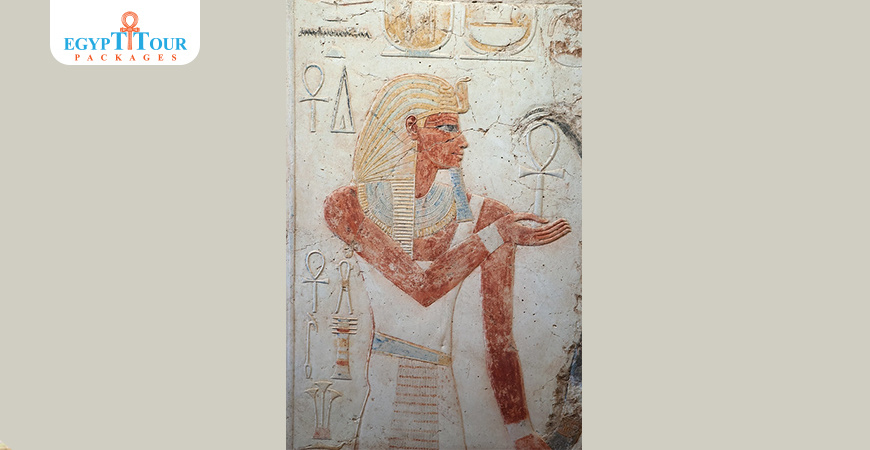
Merneptah tomb Entrance Fees
- How much is entry to Merenptah, was the fourth ruler of the 19th dynasty in ancient Egypt. Tomb KV 8. Merneptah tomb ?
-For Egyption\Arab:
Adult: EGP 10
Student: EGP 5
-For Other Nationalty:
Adult: EGP 40
Student: EGP 20
- Opening Hours ?
-All Days: Working Hours: from 06:00 am to 05:00 pm
- Free entry Policy
-Free entry for children below 6 years.
-Free entry for Egyptians & Arabs with special needs.
-Free entry for Egyptians and Arabs above 60 years.
-Photography with mobile phone is free of charge.

Post A Comment
Your Email Address Will Not Be Published.








































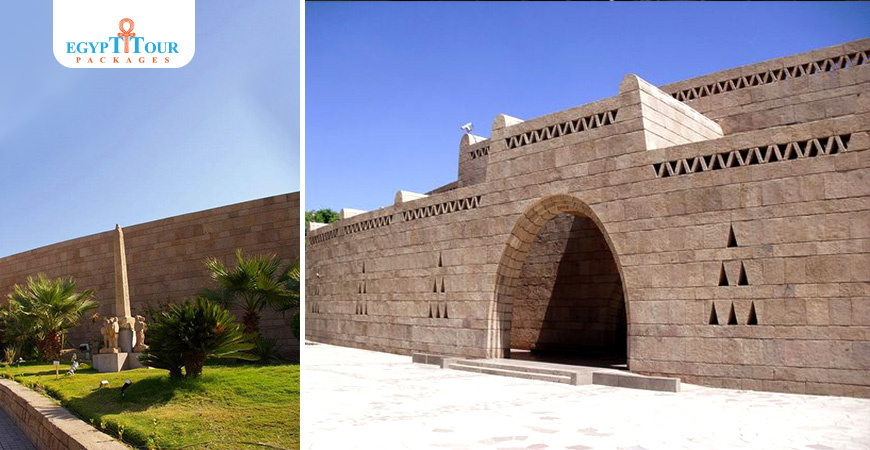









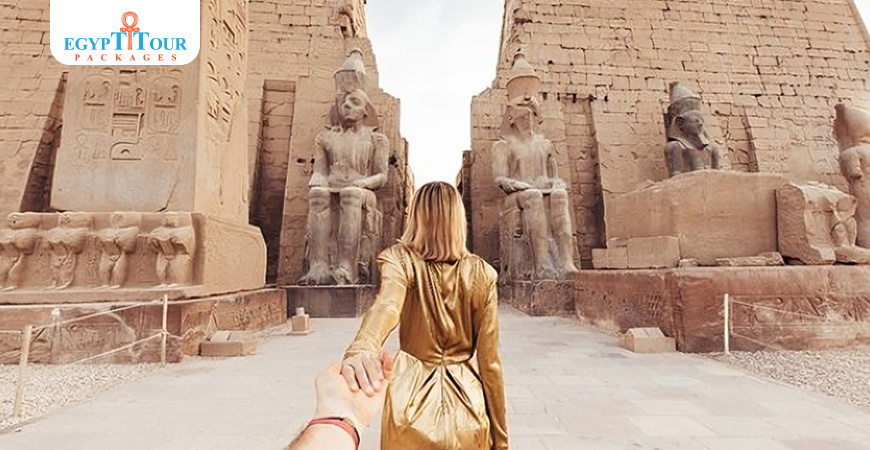
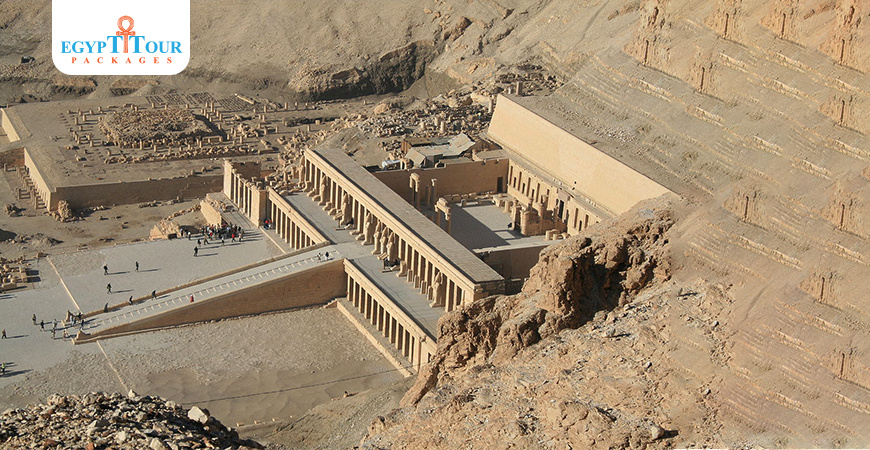
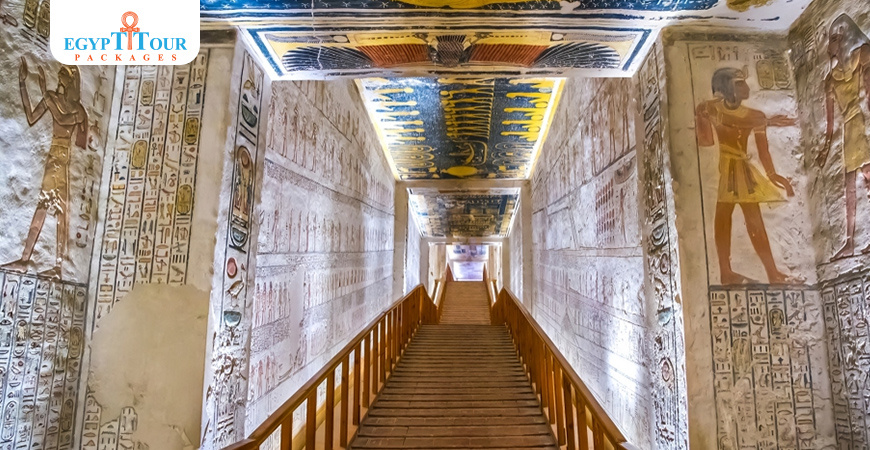
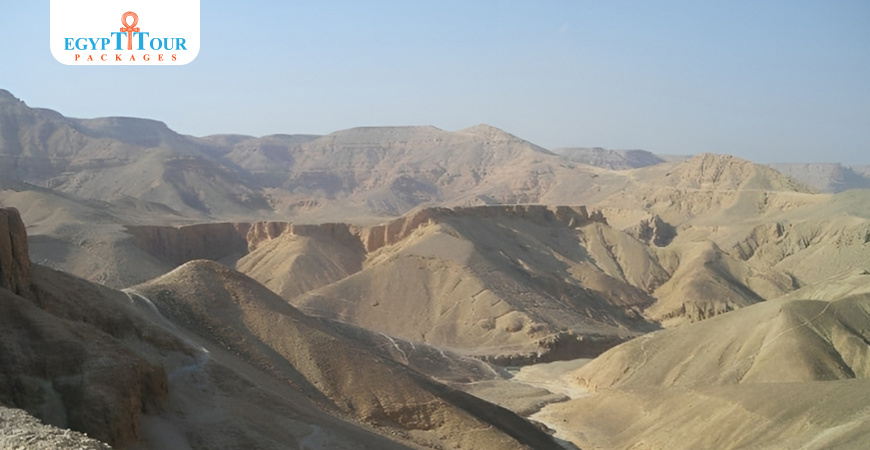
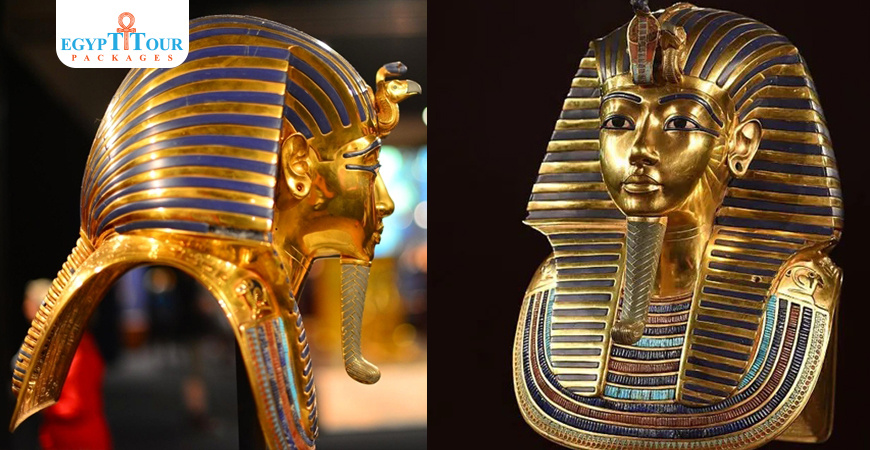
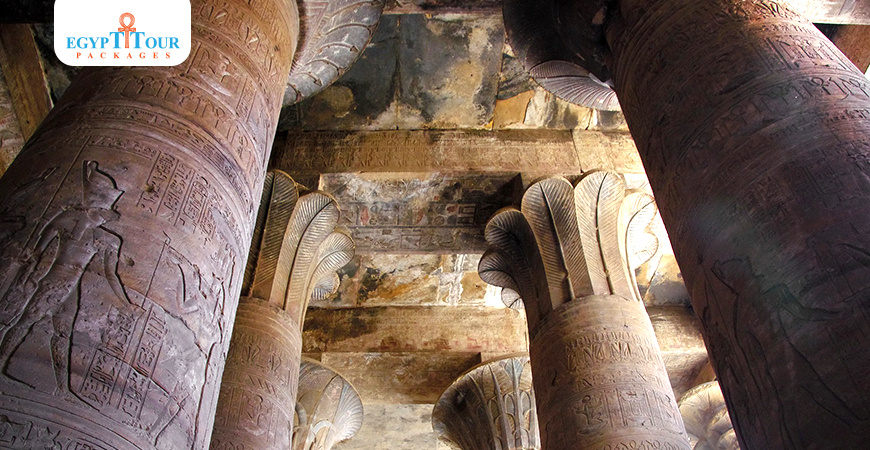
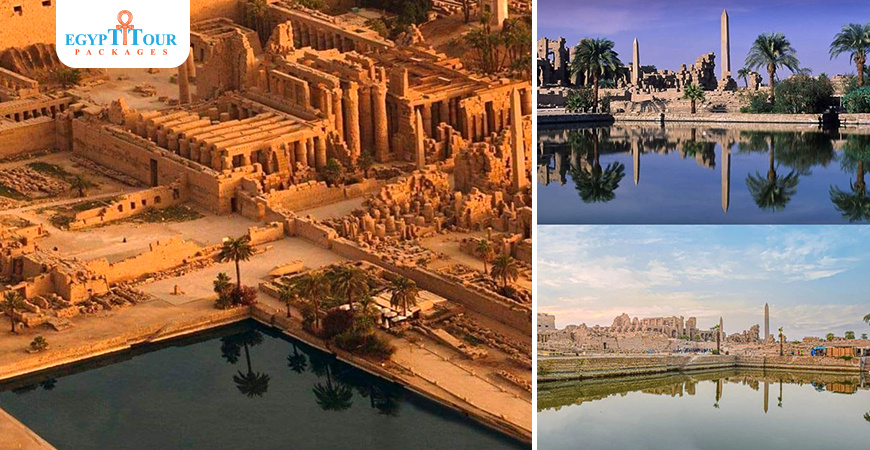
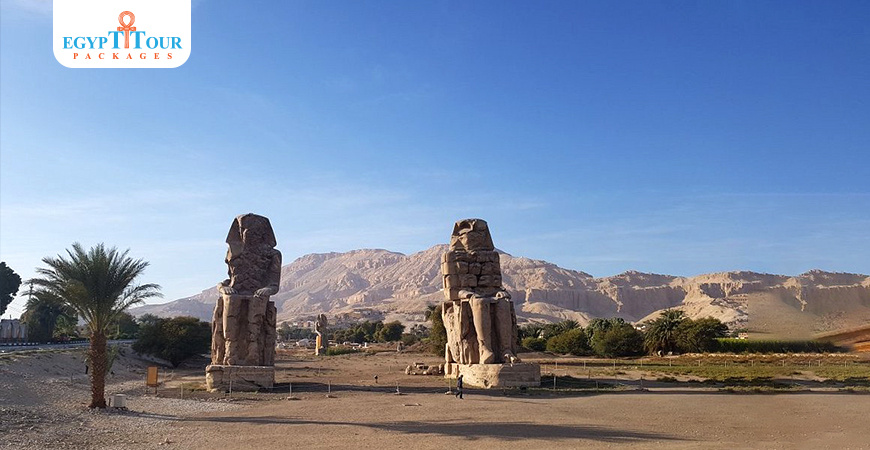
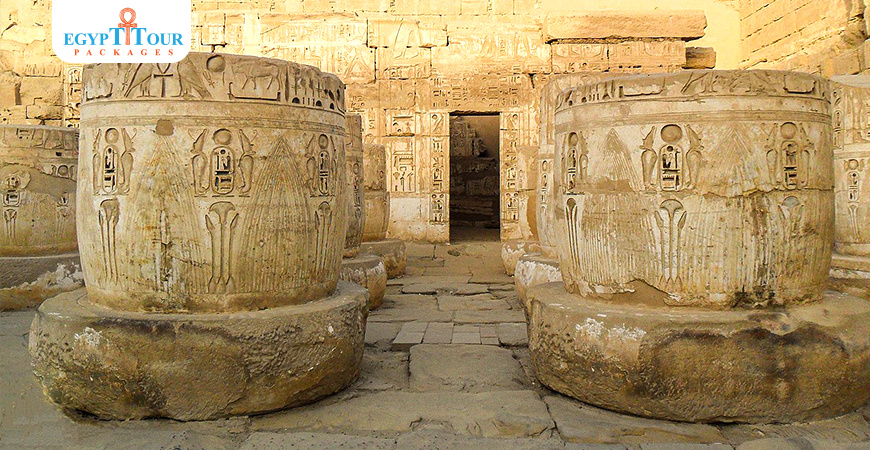
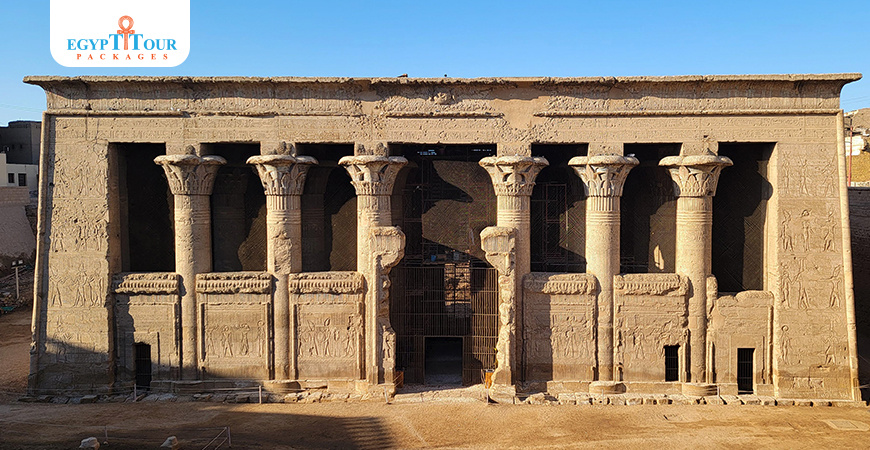
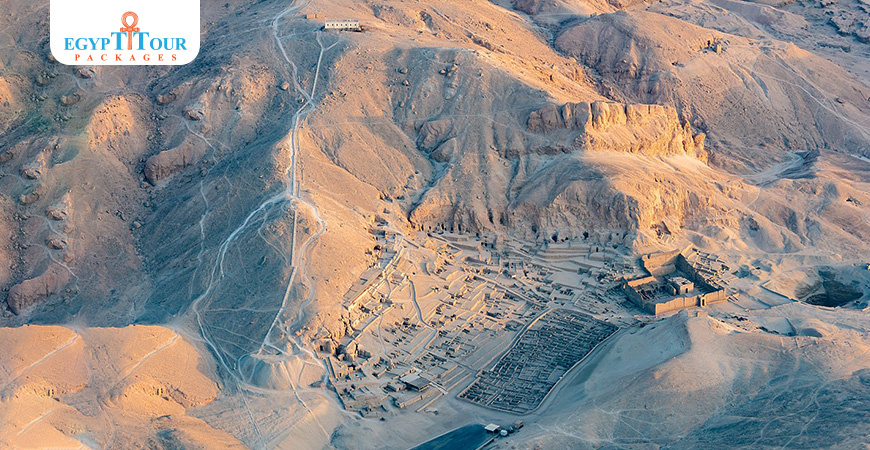
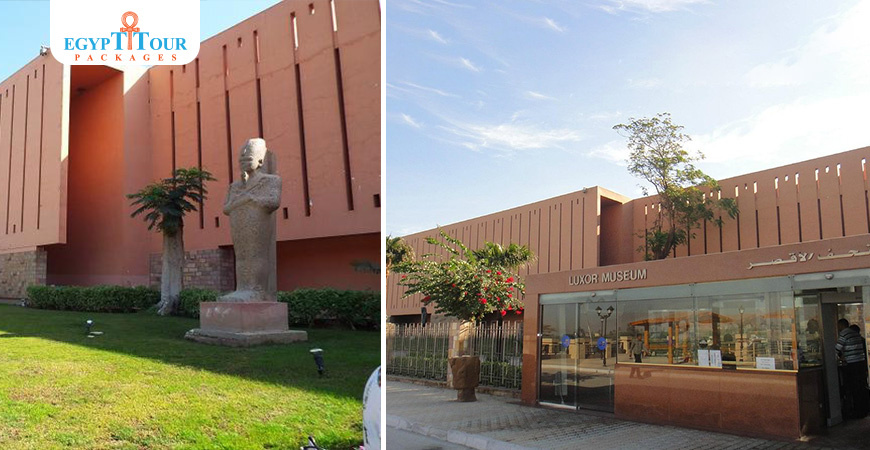

0 Comments